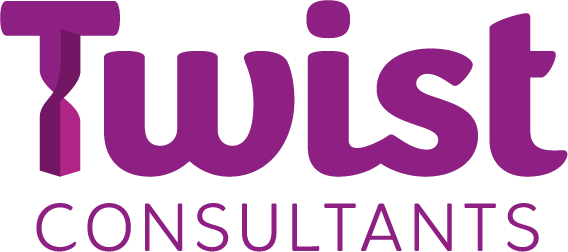In my view, this should be a standard read for anyone in business but especially those in leadership teams, change or project management and marketing. Let’s start with two stand-out quotes from this book, written by Beth Comstock, former vice chair, head of marketing at General Electric and change-maker:
“The world will never be slower than it is right now” and “To be innovative, you have to be comfortable with some level of maybe.” Change readiness is a pre-requisite for businesses today – survival depends on it.
Largely based on Comstock’s experiences with GE, it’s her story of what worked and what didn’t. Packed with hints, ‘to do’ lists and practical exercises based on her 30-year career, it’s full of valuable lessons, cautionary tales, successes and inspiration.
My overwhelming takeaway was that Comstock’s journey (like many of ours) was fairly messy, unpredictable, uncertain and fraught with mistakes. But, her conviction in the power of imagination in overcoming the fear of letting go of the familiar (what she calls ‘What We Know’) and trying new approaches has helped to deliver real transformation. That’s the courage and creativity that comes out loud and clear throughout the book.
The book is organised into five sections, which Comstock calls the ‘imagining it forward approach’ and which she suggests can be applied to any company in any industry:
1. Self-Permission (or change starts with you). This section describes Beth’s personal story of how she moved from being a publicity co-ordinator to GE’s first woman vice chair. In a section called ‘Bias for Action’ she explains, “it’s not that I have less doubt – as with most people my insecurities run deep – but that I act in spite of it”
“Who are you waiting for to tell you it’s OK? Your boss? Your mother? Yoda? Grab your own permission. No one is going to give it to you”
2. Discovery (being curious and enquiring). She argues that this is the ‘change-making step that makes all of the other steps possible’. This includes a fascinating insight to the work Comstock and her team did in response to 9/11. It also gives an outline of scenario-planning and different ways to get different perspectives, including the introduction of ‘sparks’ to help build a voyage of discovery and learning. She talks about looking at constraints as creativity fuel and ‘looking for the weird’ as part of this too.
3. Agitated enquiry (facing tension head on) – in Comstock’s view, “…innovation is the result of seeking out tension, not avoiding it.” This is an important lesson. In her view, challenging the status quo is the main way to drive creativity and innovation - she offers guidance on how to manage conflict positively for the right results, using Abraham Lincoln’s approach as an example.
4. Storycraft – adapting your narrative to help the organisation understand the world. This was my favourite section of the book. It talks about strategy as story (and gives a practical exercise for writing a strategy as a press release), sense-making for organisations in change, guidance for incorporating storytelling into your everyday work and how ‘every uncertainty is a new, potential future’. Lots of really useful takeaways here for leaders, communicators and anyone involved in organisation change.
5. Creating a New Operating System (changing the mind-set of an organisation by developing emergent leaders). The fundamentals of changing an organisational mindset (which is no mean feat) are explored throughout this section. Comstock talks about emergence, networks and sense-making in a digital world, and how to find change agents to spread ideas from the ‘bottom up and outside in’ to create success. Insightful stuff.
Having read this not long after another re-read of ‘Rebels at Work’ there are some real parallels around change-makers, how they work and what makes them tick. Successful change isn’t based on a checklist. Most of ‘Imagine It Forward’ talks about people, relationships and networks within businesses. To have a ‘change ready’ organisation, you have to embrace the fear of letting go of the status quo, be prepared to challenge and give yourself permission to change.
This is a hugely useful, practical and inspirational read, based on historical accounts, peppered with instructional guidance throughout. And it probably has the most Post-its and notes in the margins of any book I’ve read since my I studied my last formal qualification. We started on quotes – let’s end on a great one:
“We must become “change ready” – that is, fearless, perpetually ready to re-envision, rethink and redesign whatever we do and wherever we are. We must constantly adapt, discover, think ahead and iterate… to do that requires imagination… imaginative thinking is a universal human talent, an evolutionary gift handed down to use that has made us who we are, the undisputed champions of adaptation…”
